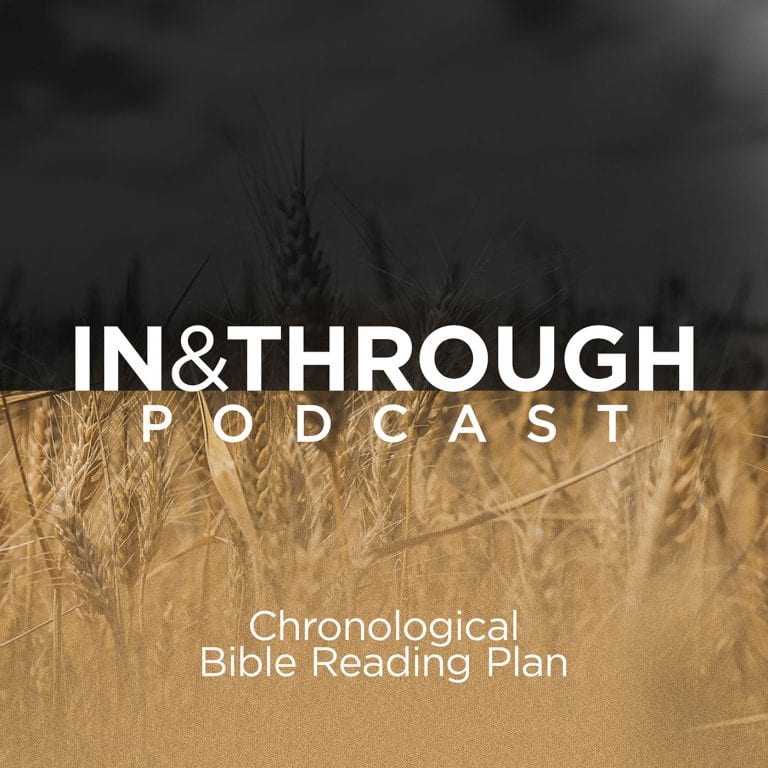Several months ago, my son pulled out a crumpled church bulletin from the pocket of his jacket: February 23, 2020. It was a bulletin from one of the last Sundays we attended church in-person before the pandemic.
One of the last Sundays I sat on a wooden pew, the sun streaming through the stained-glass windows of our 19th-century sanctuary in Toronto’s downtown. One of the last Sundays we slid into our familiar row late, nodding to Becky and Rob, to Janey and Jung. One of the last Sundays we shushed our youngest son during communion, passing the tray of gluten-free crackers and grape juice over him.
For the last fifteen months, our church, like many others, has not consistently physically gathered for weekly worship. When we’ve cancelled services, we’ve wanted to submit to our governmental authorities. When we’ve remained home, we’ve wanted to love our neighbours well.
Thanks be to God, many of us are now permitted to return: to our wooden pews (and folding chairs); to our stained-glass windows (and school gymnasiums); to our fidgety children and our gospel meal.
The physical gathering of God’s people is essential to a life of Christian discipleship. Reading the tenth chapter of Hebrews, it seems one primary way we “hold fast the confession of our hope without wavering” (v. 23) and “consider how to stir up one another to love and good works” (v. 24) is to sit shoulder-to-shoulder, Sunday after Sunday, and rehearse together the true story of the world. Together, we remember the world is broken because of human rebellion. Together, we proclaim it is being renewed through the finished (and yet-to-come) work of Christ.
At least half of that story has been made more real during our pandemic year and the crises of disease, death, social upheaval, family breakdown, and loneliness. After 2020, we don’t need convincing the world needs rescue. But the hopeful ending of the world’s story? This is something harder to see, something harder to believe. It requires faith, which is one more reason the assembling of Christians is so necessary.
At church, we believe on each other’s behalf.
I can think of the many, many times I’ve drug myself to church in years past, weathered by the week and battered by bad news. I’ve plunked myself down in a pew as sullen as Jonah. But then Gwen prays from the front. Then David bends over the piano. Then Ezra sings loudly, three pews behind me, his mom looking sheepish. The Bible is opened, the gospel is preached, and Dan lifts the bread one more time to announce, “The body of Christ, broken for you.”
Hope settles in me as ballast—and as the old hymn writer says, I think I can face tomorrow.
For those of us able to return to church, it won’t be easy. For some of us, we’ll be afraid. Getting to church (where important safety protocols are in place) will still require we trust the God who calls us to assemble. We’ll have to believe that something happens in this physical gathering of the church that can’t be reproduced virtually and mediated through a screen.
But fear won’t be our only obstacle to returning to church. For many of us, we’ll find it difficult mostly because we’ve lost the habit. Importantly, that’s the word the writer of Hebrews uses in the tenth chapter: Don’t neglect “to meet together, as is the habit (or custom) of some” (10:25). This word reminds us how much of our spiritual lives, both individual and corporate, rely on rhythms and routines. It reminds us how spiritual habit can act like a current: catching us, carrying us, sending us along in our life with God.
The bad news about habit is that habits take time to form. Change, by habit, is slow and steady. We’ve lived through a long year where “doing” church in our pajamas has grown comfortable and easy. Establishing a new habit (or recovering a former habit) always requires us to overcome resistance. If we wait until we “feel” like going back to church, that day might never come.
But there’s good news, too: habits don’t require cleverness. Getting back to church might feel like running through mud—but running is like walking. You learned it long ago, and it’s unlikely you’ve forgotten. You simply put one foot in front of another. You set an alarm. You get dressed. You leave your downtown condo and walk the desolate Sunday morning streets.
At the door of the church, you grab your bulletin, then slide into your pew. When the first song begins to play, you pray: I believe, help my unbelief.
And by God’s grace you do, at least another week.



















